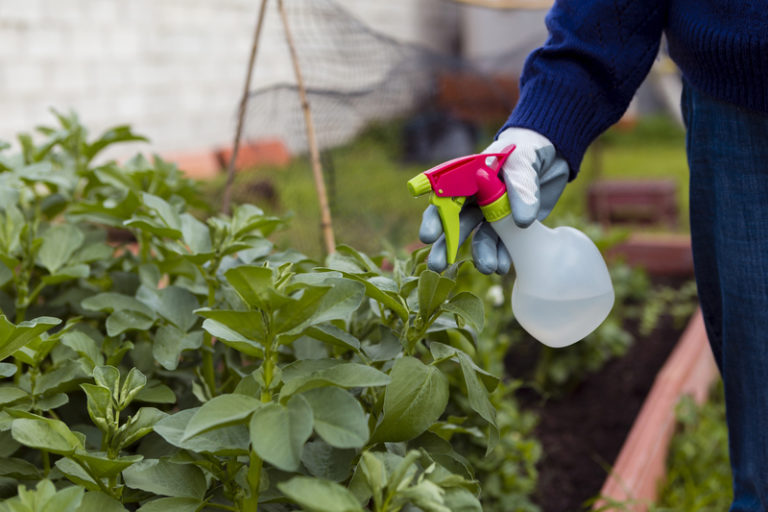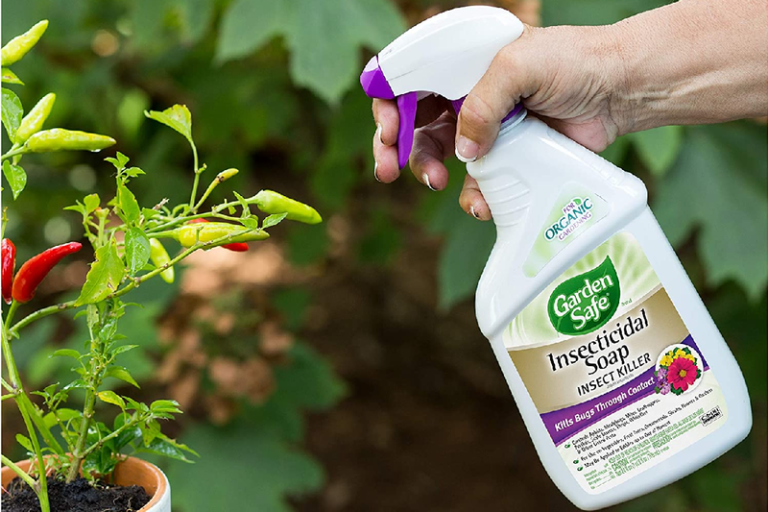Eco-Friendly Pest Control: Safe and Natural Methods for Your Home
Pest control is an important part of keeping the environment safe and healthy, especially in farming and gardening. However, the use of chemical pesticides can have harmful effects on both the environment and human health.
On the other hand, natural ways to get rid of pests are safer and last longer than chemical pesticides.
In this article, we’ll talk about some natural ways to get rid of pests that can help you get rid of them without using too many harmful chemicals.
A. Companion Planting
Companion planting involves planting different crops together to deter pests and promote growth. Some plants, such as marigolds, basil, and mint, have natural repellent properties that can keep pests away.
Others, such as clover and alfalfa, attract beneficial insects that prey on pests. For instance, planting marigolds near tomatoes can deter whiteflies and other pests that feed on tomato plants.
B. Biological Control
Biological pest management relies on the release of naturally occurring predators or parasites. For instance, ladybugs are great for getting rid of aphids, and nematodes are useful for getting rid of grubs and rootworms that live in the soil.
Insects that eat pests and bacteria that help control pests can be brought into an area to help control pest populations without using chemicals.

C. Cultural Control
Changing the conditions under which plants are grown can help prevent pest infestations, which is the goal of cultural control. For example, removing dead leaves and weeds from the garden can get rid of places where pests could hide.
Since each type of crop has its own unique nutrient requirements and pest problems, crop rotation is a great way to keep the soil free of accumulated pests.
D. Mechanical Control
Mechanical control involves physically removing pests from the garden. For example, sticky traps can catch flying insects like whiteflies and fruit flies.
Handpicking larger pests like caterpillars and slugs can also be effective. Additionally, using row covers and netting can prevent pests from accessing plants altogether.
E. Organic Pesticides
Even though natural ways to get rid of pests are best, sometimes a pest problem gets too bad and more forceful steps are needed.
However, instead of resorting to chemical pesticides, organic pesticides made from natural substances such as neem oil, pyrethrum, and garlic can be used. These are less harmful to the environment and can be just as effective in controlling pests.
F. Soil Management
Maintaining healthy soil can go a long way toward preventing pest infestations. Healthy soil contains beneficial microorganisms that can help control pests naturally.
For example, adding compost to the soil can make it more stable and give good bacteria and fungi a place to live. Pests that live in the soil can also be less likely if you use organic fertilizers instead of chemical fertilizers.
G. Traps and Baits
Without using dangerous chemicals, traps and baits can be used to get rid of pests. Sticky traps, as mentioned earlier, can catch flying insects, while pheromone traps can attract and trap specific pests like moths and beetles. Baits can also be used to attract and kill pests. For example, beer traps can lure slugs and snails to their demise.
Conclusion:
Safer and more environmentally friendly than chemical pesticides are natural pest control methods. You can effectively manage pests in your garden or farm through the use of companion planting, biological control, cultural control, mechanical control, organic pesticides, soil management, traps, and baits.
Using non-chemical approaches to controlling pests is good for the ecosystem, your crops, and your family’s health.
Also Read :
Pollinators: How These Tiny Creatures are Vital for Agriculture and Our Food Supply







